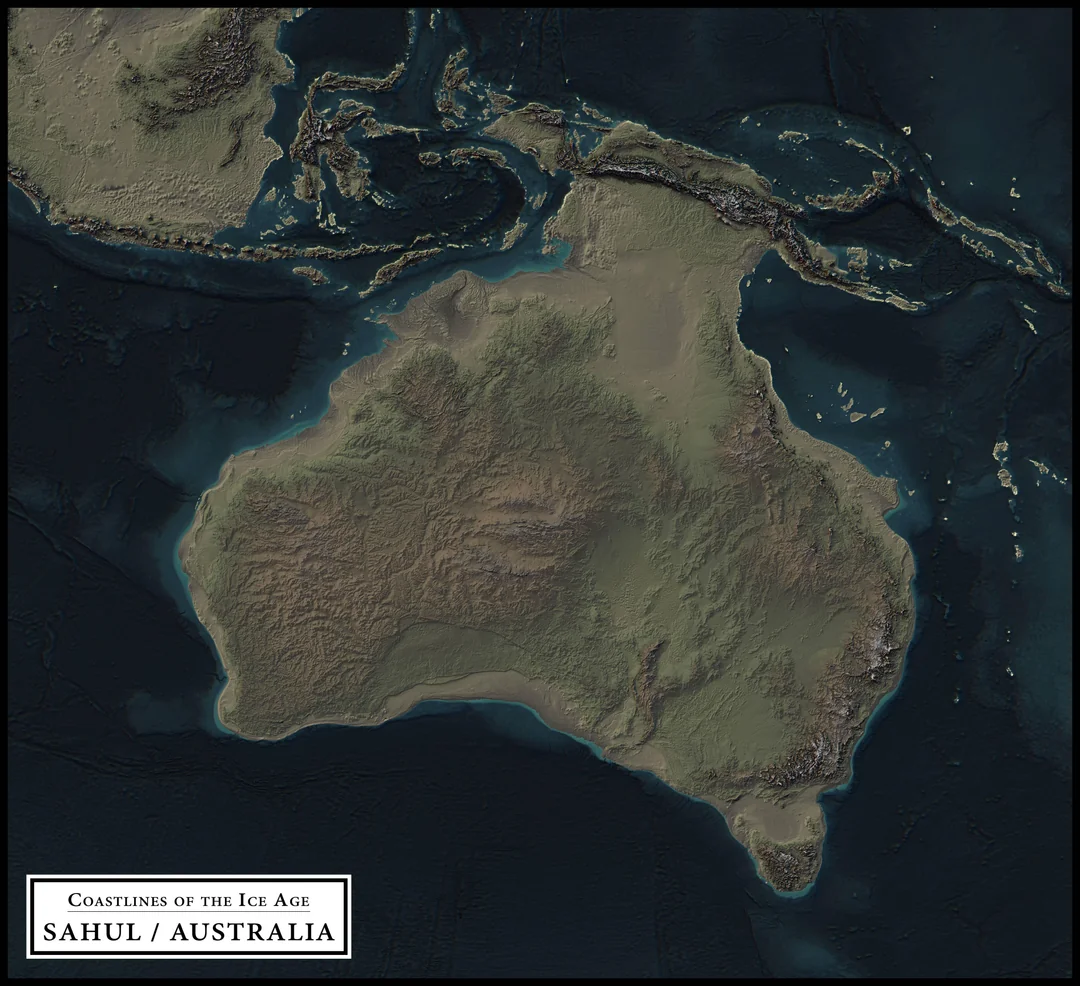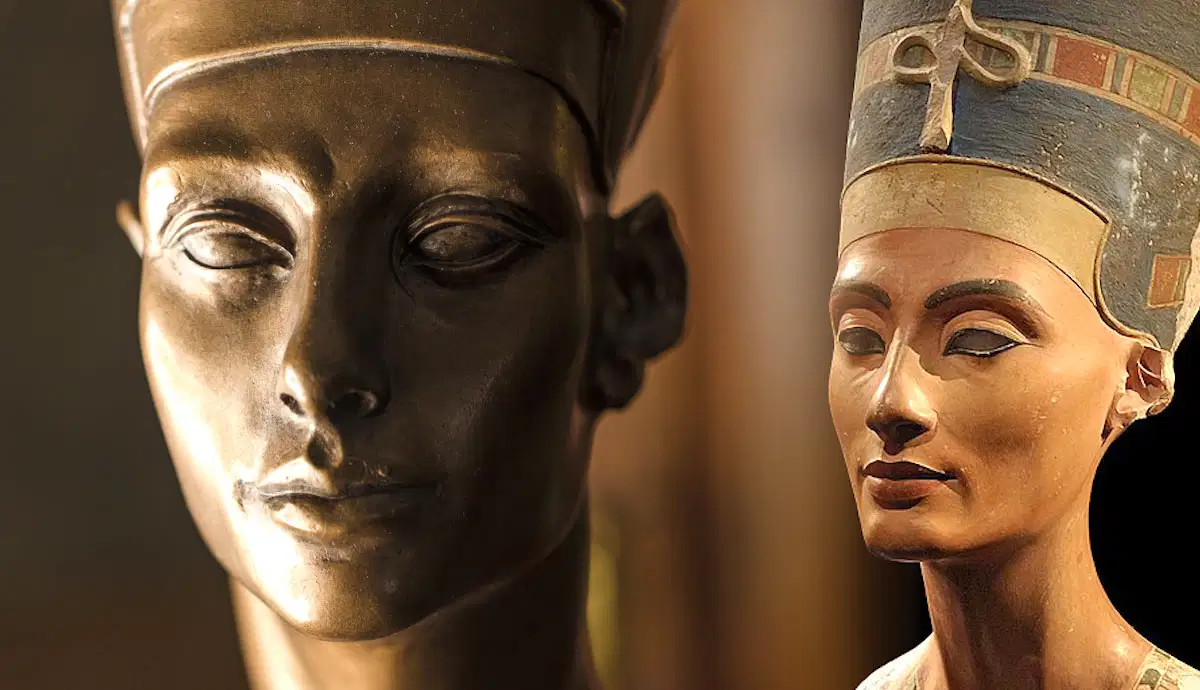Long before European settlement, Indigenous Australians maintained a vibrant network of trade routes that spanned vast distances across the continent. These ancient pathways connected different Aboriginal nations, allowing for the exchange of goods such as ochre, tools, shells, and ceremonial items. The trade was not just about material goods — it also facilitated cultural exchange, shared languages, and spiritual knowledge, forming a deeply rooted, interwoven system of connectivity.
Archaeological research and oral histories from Indigenous communities provide strong evidence of these sophisticated trade networks. Experts and historians, working in close partnership with Indigenous elders, have documented the movement of items like pituri (a native plant used as a stimulant) across vast deserts, as well as stone tools and decorative shells carried between coastal and inland groups. This cooperation between scholars and community leaders underlines the expertise and authority behind our understanding. First-hand accounts and archaeological case studies highlight experience — real stories of how these routes were traveled, used, and maintained.
Today, studying these trade routes helps to restore and preserve cultural heritage, bolstering Indigenous identity and strengthening inter-community ties. Recognising the trust placed in academic and Indigenous collaborators is key to this work, and transparency about research methods reinforces trustworthiness. By shining a light on how these trade networks operated, we deepen our appreciation of Australia’s rich cultural tapestry and offer meaningful contributions to ongoing conversations about reconciliation, identity, and history.




